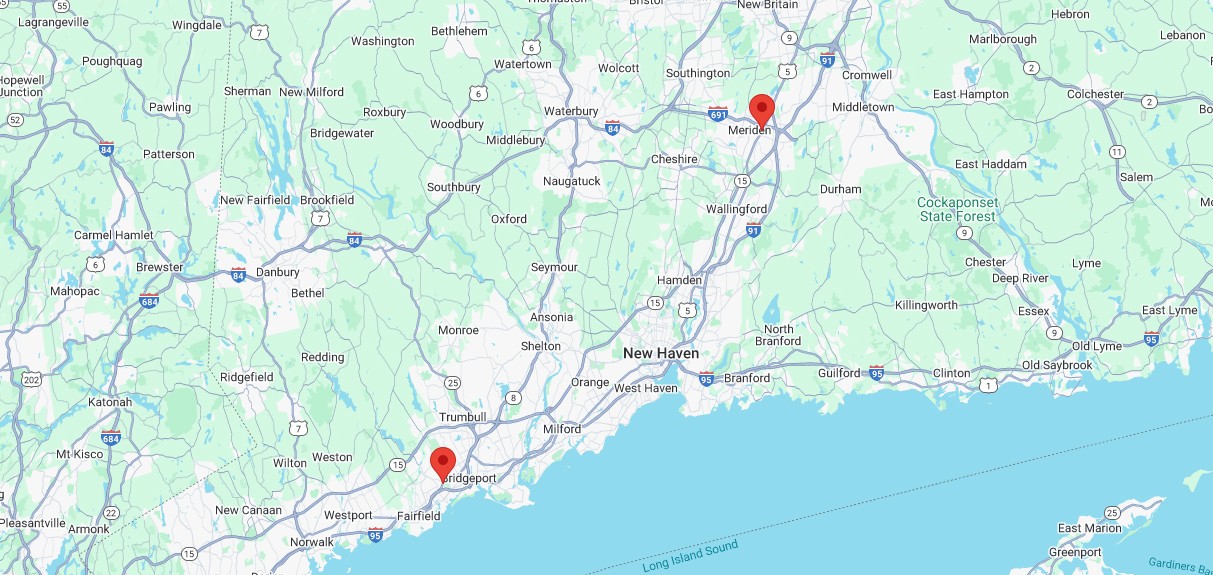CONTACT LENS EVALUATIONS SERVICES OFFERED IN MERIDEN AND FAIRFIELD, CT
Contact lenses can be a great way to correct your vision without the hassle of eyeglasses. Meriden Eye Care, LLC, with offices in Meriden and Fairfield, Connecticut, skilled optometrist Luiza Youssefi, DO, and the team perform comprehensive eye health and vision evaluations to determine what type of contact lenses will suit you best. Meriden Eye Care, LLC, has a wide range of contact lenses to suit your needs, including specialty lenses for keratoconus. Call Meriden Eye Care, LLC, to request a contact lens evaluation, or book one online today.

CONTACT LENS EVALUATIONS Q&A
Are contact lenses right for me?
If you're looking for an alternative to glasses, contact lenses can be an excellent choice. Most patients who want to wear contacts can do so, even with challenging issues like dry eye, keratoconus, or astigmatism. Your Meriden Eye Care, LLC, provider can perform a comprehensive eye health and vision exam to verify that you're a good candidate for contact lenses.
How does a contact lens evaluation work?
Your Meriden Eye Care, LLC, provider checks both your eye health and your refractive error using the latest state-of-the-art equipment. The digital eye exams at Meriden Eye Care, LLC take the guesswork out of contact exams. The automated equipment creates a highly detailed digital eye map so your provider can check your eye health. It also measures how light passes through your eye to determine the most effective contact lens prescription. You might remember the old-fashioned method of comparing pairs of lenses. Today, the high-tech equipment does that for you! Your Meriden Eye Care, LLC provider uses the information from your contact lens evaluation to determine which lenses are best for your eye structure and your refractive error.
How are soft and hard contact lenses different?
Soft lenses are made from pliable plastic (usually silicone hydrogel) and water. They come in daily, weekly, monthly, and extended-wear varieties. There are many different options in soft contact lenses, including toric lenses for astigmatism, multifocal lenses for multiple prescriptions in one lens, and even contacts made for dry eyes. Hard contact lenses are made from rigid, gas-permeable materials. Usually, hard contacts are best for patients who have conditions like keratoconus, in which soft contact lenses don't fit the cone shape of the eye properly. There are also hybrid lenses, which have both hard and soft materials, for keratoconus. Some patients choose hard contacts because they don't dehydrate or lose their shape and last longer than soft lenses. Your Meriden Eye Care, LLC provider can help you choose both lens material and lens type based on your unique needs.
How long will it take to get used to my new contacts?
If you're new to contacts, you might have a few days of mild discomfort. For many patients, the primary learning curve involves placing and removing the lenses. But, you'll get used to it very quickly, and before long, it'll be a quick and easy part of your routine.
To schedule a contact lens evaluation, call Meriden Eye Care, LLC, or request an appointment online today.






